-
×
 The Glenlivet Archive 21 Year Old
1 × $319.99
The Glenlivet Archive 21 Year Old
1 × $319.99 -
×
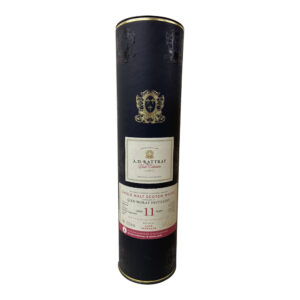 Glen Moray 11 Year Old (A.D. Rattray, 2008)
1 × $219.99
Glen Moray 11 Year Old (A.D. Rattray, 2008)
1 × $219.99 -
×
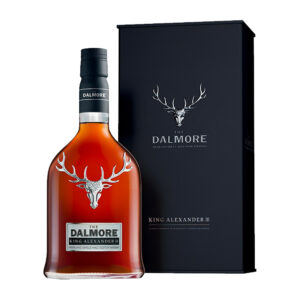 Dalmore King Alexander III Batch 2
1 × $379.99
Dalmore King Alexander III Batch 2
1 × $379.99 -
×
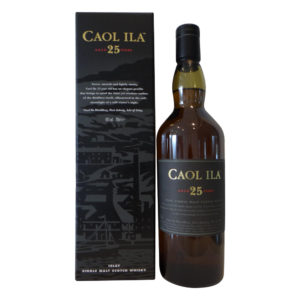 Caol Ila 25 Year Old
1 × $499.99
Caol Ila 25 Year Old
1 × $499.99 -
×
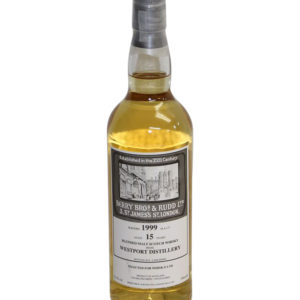 Berry's Own Selection Westport 1999 Scotch Whisky
1 × $249.00
Berry's Own Selection Westport 1999 Scotch Whisky
1 × $249.00 -
×
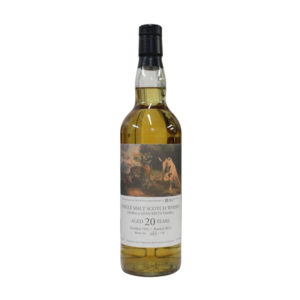 Glen Keith Aged 20 Years Single Malt
2 × $619.99
Glen Keith Aged 20 Years Single Malt
2 × $619.99 -
×
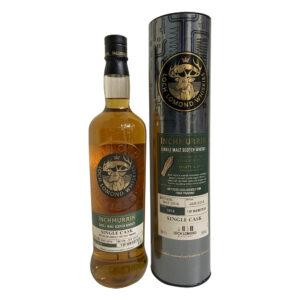 Loch Lomond - Inchmurrin 14 Year Old (2004)
1 × $349.99
Loch Lomond - Inchmurrin 14 Year Old (2004)
1 × $349.99 -
×
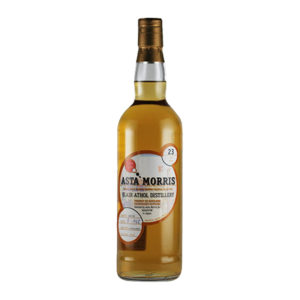 Asta Morris-Blair Athol 23 Year Old
1 × $399.99
Asta Morris-Blair Athol 23 Year Old
1 × $399.99 -
×
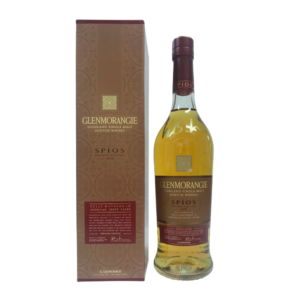 Glenmorangie Spios
1 × $189.99
Glenmorangie Spios
1 × $189.99 -
×
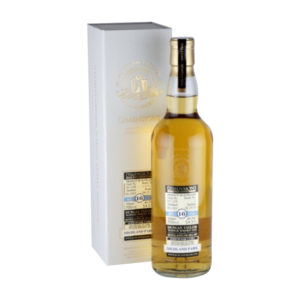 Highland Park 16 Year Old Dimensions (Duncan Taylor, 2003)
1 × $349.99
Highland Park 16 Year Old Dimensions (Duncan Taylor, 2003)
1 × $349.99 -
×
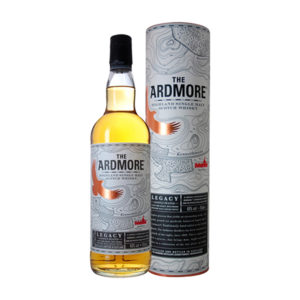 The Ardmore Legacy
1 × $119.99
The Ardmore Legacy
1 × $119.99 -
×
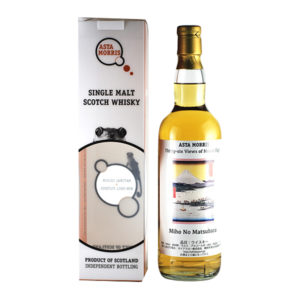 Asta Morris 21 Years (Thirty-six Views of Mount Fuji 'Miho No Matsubara', 1992)
1 × $199.00
Asta Morris 21 Years (Thirty-six Views of Mount Fuji 'Miho No Matsubara', 1992)
1 × $199.00
Subtotal: $4,517.89



 The Glenlivet Archive 21 Year Old
The Glenlivet Archive 21 Year Old  Glen Moray 11 Year Old (A.D. Rattray, 2008)
Glen Moray 11 Year Old (A.D. Rattray, 2008)  Dalmore King Alexander III Batch 2
Dalmore King Alexander III Batch 2  Caol Ila 25 Year Old
Caol Ila 25 Year Old  Berry's Own Selection Westport 1999 Scotch Whisky
Berry's Own Selection Westport 1999 Scotch Whisky  Glen Keith Aged 20 Years Single Malt
Glen Keith Aged 20 Years Single Malt  Loch Lomond - Inchmurrin 14 Year Old (2004)
Loch Lomond - Inchmurrin 14 Year Old (2004)  Asta Morris-Blair Athol 23 Year Old
Asta Morris-Blair Athol 23 Year Old  Glenmorangie Spios
Glenmorangie Spios  Highland Park 16 Year Old Dimensions (Duncan Taylor, 2003)
Highland Park 16 Year Old Dimensions (Duncan Taylor, 2003)  The Ardmore Legacy
The Ardmore Legacy  Asta Morris 21 Years (Thirty-six Views of Mount Fuji 'Miho No Matsubara', 1992)
Asta Morris 21 Years (Thirty-six Views of Mount Fuji 'Miho No Matsubara', 1992) 